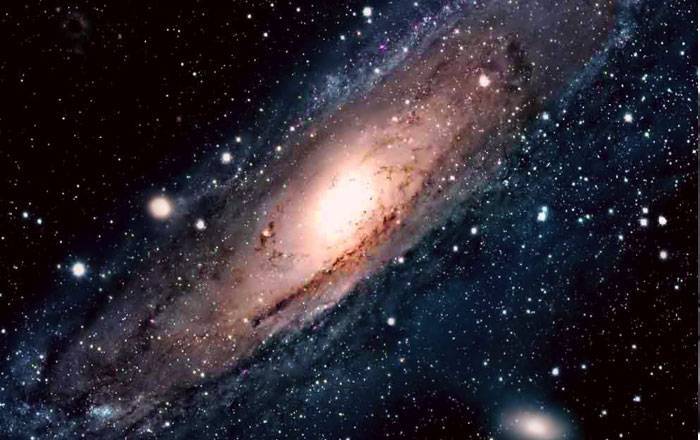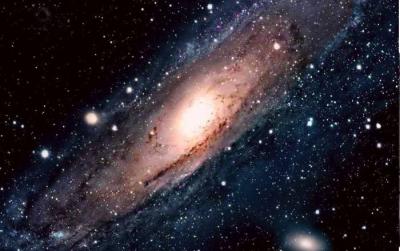Researchers have discovered a scar on the surface of a slowly cooling stellar ember known as a white dwarf, which offers a new perspective on the behavior of some "devouring" stars at the end of their life cycles. Using the European Southern Observatory's Very Large Telescope based in Chile, the researchers studied a white dwarf located approximately 63 light-years from Earth. A light-year is the distance light travels in a year, roughly 5.9 trillion kilometers. Like this type of star, the white dwarf is incredibly dense, containing about 70% of the sun's mass within a volume the size of Earth.
The fate of stars with masses up to eight times that of our sun is to end up as white dwarfs. Ultimately, these stars exhaust all the hydrogen they use as fuel. Gravity then causes the stars to collapse and shed their outer layers in a phase known as the "red giant," ultimately leaving behind a condensed core: the white dwarf.
Astronomers have proven that white dwarfs consume parts of planets, moons, and asteroids. In the new study, researchers have for the first time discovered compelling evidence of this process; they found a scar on the surface of the white dwarf made of metallic elements from either a swallowed planetary fragment or asteroid, accumulated, according to scientific terminology, after being pulled inward by the star's magnetic field.
The discovery surprised the researchers, who had suspected that the debris might have mixed with the other materials present on the surface of the white dwarf. Astronomer Stefano Bagnulo from Armagh Observatory and Planetarium in Northern Ireland, the principal author of the study published on Monday in the Astrophysical Journal Letters, stated, "We didn't think the magnetic field could prevent the mixing of materials accumulating on the star's surface. When you pour sugar into a cup of water, the water becomes sweet."
The type of object that left the scar, which includes iron, nickel, titanium, chromium, magnesium, and other elements, was unclear. Co-author Jay Farihi, an astronomer at University College London, noted, "This planetary snack was at least as massive as Vesta, the second-largest asteroid in our solar system." Vesta is a rocky body in the main asteroid belt of our solar system, with a diameter of about 530 kilometers.
Farihi added, "Planetary systems form with their star, all condensing from a cloud of dust and gas. We often refer to the star as the 'mother,' so this is somewhat like a mother eating her children." This white dwarf began its life as a star with nearly twice the mass of the sun and lived for up to 1.2 billion years before entering the death phase. Many white dwarfs possess a surrounding debris disk, which is the remnant of a planetary system, and this material gradually falls onto the star's surface.




